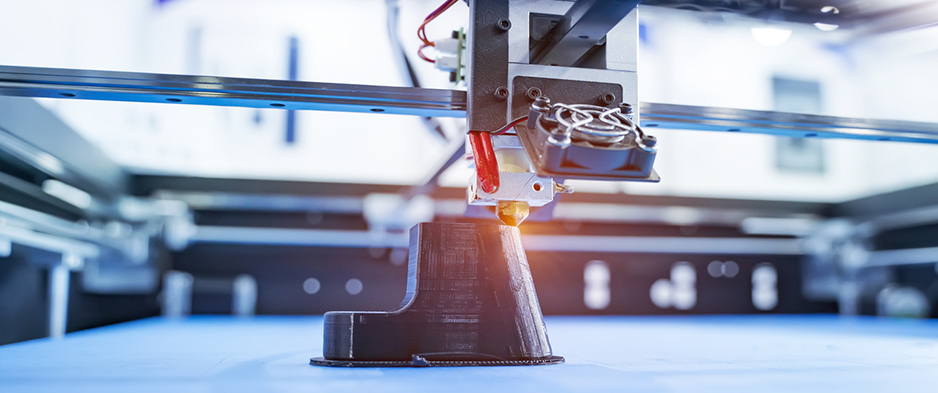Industry 4.0 promotes the integration of smart technologies and production systems. Among these, additive manufacturing plays an essential role in meeting some of the most essential requirements of the fourth industrial revolution.
Let’s delve into the role of additive manufacturing is in Industry 4.0 and explain how it can respond to different challenges of the future of production.
What is additive manufacturing?
In the IIoT era, production has become flexible, efficient and automated like never before. Today, we are able to implement increasingly complex technologies that combine physical objects and information systems. Devices and machines can communicate with each other, exchange and process data, evaluate their production context to self-adapt, and even make decisions. All this, independently and with minimal input from human operators.
This has led to smart factories and additive manufacturing, which has revolutionized production with rapid prototyping and 3D printing.
Additive manufacturing is a set of production technologies that allows to obtain a final product through the generation and subsequent addition of layers of material. To offer a “universal” definition of additive manufacturing, the recently published “Standard Terminology for Additive Manufacturing-Coordinate Systems and Test Methodologies” (ISO / ASTM52921-1) describes it as “those processes that aggregate materials in order to create objects starting from their three-dimensional mathematical models, usually by overlapping layers and proceeding in the opposite way to what happens in subtractive processes (or by chip removal)”.
Benefits of additive manufacturing in Industry 4.0
Produces less waste and scraps
Additive manufacturing moves in the opposite direction compared to traditional production systems that proceed by subtraction. Unlike techniques such as milling or turning, additive manufacturing adds the material needed to create products. As a result, it produces less waste and cuts the resources waste.
Decreases prototyping times and costs
Thanks to AM, creating the prototype of a product is faster, easier and cheaper. Other manufacturing technologies such as milling involve considerable configuration and material costs. Since the cost and time of prototyping are lower, you can produce, test and make the necessary changes without too much trouble. In addition, it provides almost instant proof of the improvements made.
It promotes business digitalization
Additive manufacturing requires continuous and effective dialogue between devices, machines and robots. This is possible only through the adequate digitization of manufacturing activities. Hence, companies invest more in digital and IoT: an essential requirement in Industry 4.0.
It synthesizes the assembly process into a single part
Another benefit of additive manufacturing in Industry 4.0 is the simplification of the production process and, in particular, the assembly of products. Traditional components are complex and require multiple production steps. This raises both material and labor costs and the time required to create and assemble the different parts. AM, on the other hand, allows you to print the group in a single piece.

